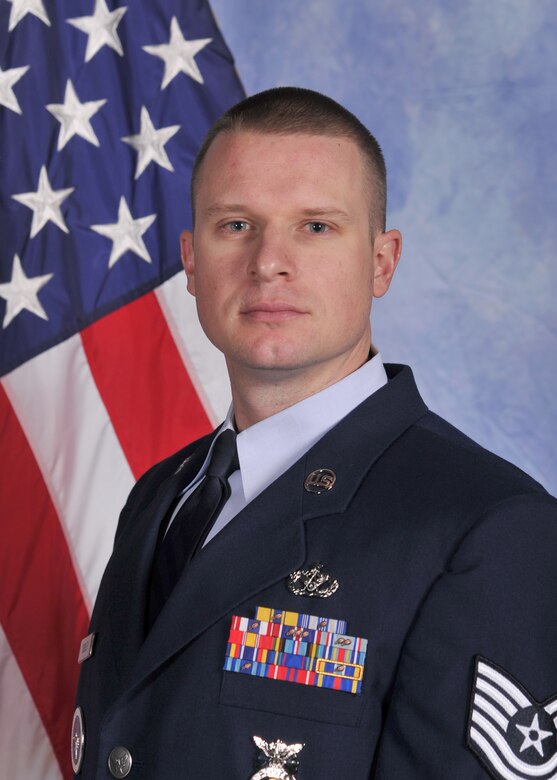 |
| Sgt. Amanda Plummer, of the 637th Chemical Company, takes photos as part of the standard protocol while entering a contaminated area during a demonstration on Feb. 14, 2019 at Camp Arifjan, Kuwait. Soldiers from the unit assigned to Task Force Spartan provide a display on the chemical, biological, radiological, and nuclear-dismounted reconnaissance equipment to Kuwait Weapons of Mass Destruction Defense Command. The unit is deployed to Kuwait as the CBRN defense response force for the U.S. Central Command area of responsibility. (U.S. Army National Guard photo by Spc. Samantha Petersen) |
02.14.2019
Story by Spc. Samantha Petersen
Task Force Spartan
Stepping in, zipping up, securing gloves, fastening boots are all steps one must take when getting into a Chemical, Biological, Radiological, and Nuclear suit. Task Force Spartan CBRN personnel from the Ohio National Guard’s 637th Chemical Company conducted an exchange of information with the Kuwait Weapons of Mass Destruction Defense Command on Feb. 14th, 2019 at Camp Arifjan, Kuwait.
Lt. Col. Brandi DeGier, a Task Force Spartan CBRN officer explained, “The WMD Defense Command workshop was an exchange between U.S. personnel and Kuwait's Ministry of Defense, WMD Defense Command to assist us in understanding each other’s ability to counter weapons of mass destruction and respond in the event of an incident.”
The CBRN team attended the event as the division’s representatives and subject matter experts during the various workshops. The three-week long workshop provided an unprecedented understanding of command structure, personnel, equipment, training and operations to develop effective future engagements and subject matter expert exchanges for partnership building and interoperability in CBRN operations.
 |
| Staff Sgt. Dustin Bowshier of the 637th chemical, biological, radiological and nuclear Company is the Non-Commissioned Officer in Charge and explains the self-contained breathing apparatus that is worn with the suits for different levels of contamination during the display on the CBRN dismounted reconnaissance equipment on Feb. 14, 2019 at Camp Arifjan, Kuwait. Soldiers from the unit provide a display of layout and equipment with CBRN dismounted reconnaissance equipment to Kuwait Weapons of Mass Destruction Defense Command. The 637th Chemical Company is deployed to Kuwait as the CBRN defense response force for the U.S. Central Command area of responsibility. |
This workshop wrapped up with the Soldiers from the Ohio National Guard’s 637th Chemical Company assigned to TF Spartan providing a display and layout on the CBRN Dismounted Reconnaissance Sets, Kit and Outfits. The 637th Soldiers spoke to different levels of proof and experimental establishment and provided a demonstration.
Through Operation Spartan Shield OSS, Task Force Spartan maintains a U.S. military posture in Southwest Asia sufficient to strengthen our defense relationships and build partner capacity.




